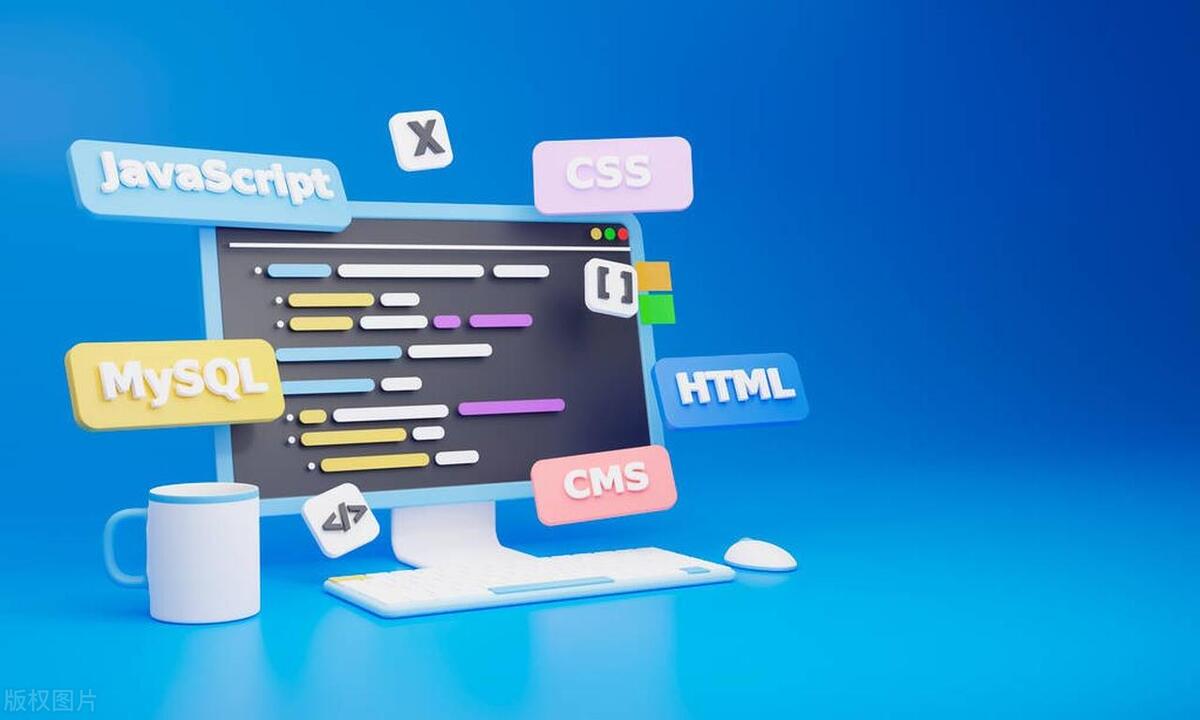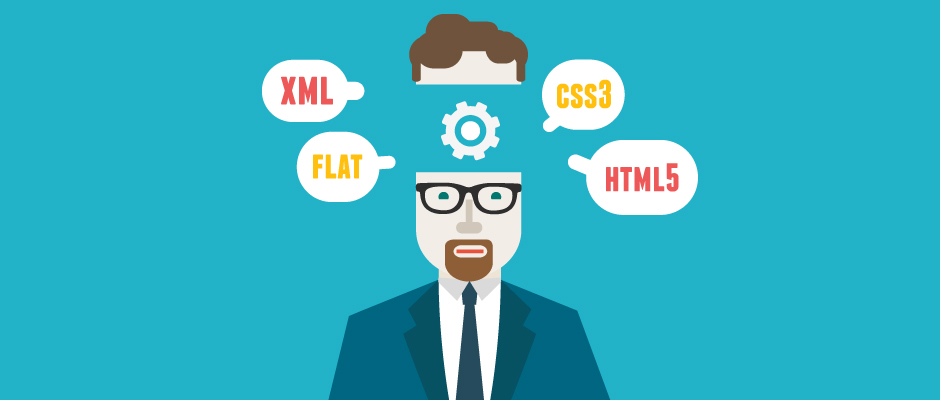Building Multi-Language Frontend Applications
Jul 18, 2025 am 02:56 AMTo efficiently build multilingual front-end applications, it is necessary to use international libraries, standardize translation management, optimize switching experience, and strengthen testing and verification. 1. Use i18n libraries such as react-i18n and vue-i18n to realize functions such as translation, language switching, interpolation, etc.; 2. Organize translation files according to modules, unify naming rules and cooperate with collaboration tools to reduce maintenance costs; 3. Consider the impact of language on layout and RTL to avoid page refresh and maintain state; 4. Verify translation integrity through automated tools to ensure that the UI display is normal in multilinguals, thereby improving maintainability and user experience.

Developing multilingual front-end applications is not a new requirement, but when it is really done, many people will find that it is not just as simple as adding a few translation files. If your user base comes from different language backgrounds, or if you want the product to cover a wider market, multilingual support is the part that must be considered. This article mainly talks about how to build front-end applications that support multilinguals more efficiently and stably in actual development.

1. Using the internationalized (i18n) library is the basics
Most modern front-end frameworks have mature international solutions, such as React has react-i18next, Vue has vue-i18n, and Angular also has built-in i18n modules. These libraries not only provide translation functions, but also support practical functions such as language switching, plural form, date formatting, and dynamic interpolation.
The basic process of using these libraries is roughly as follows:

- Define language resource files (such as en.json, zh-CN.json)
- Initialize the i18n instance and load the resources
- Get translation content through the
t()function in the component - Provide language switching function
To give a simple example: In react-i18next, you can get the translation function through the useTranslation hook and use it like this:
const { t } = useTranslation();
return <h1>{t('welcome_message')}</h1>;In this way, your UI can automatically display the corresponding text according to the current language.

2. The organization and maintenance of translation content must be clear
Many people start by putting a few JSON files casually, but as the language type and text volume increase, management becomes chaotic. The recommended approach is:
- Organize translation files by page or module, such as
/locales/en/home.json,/locales/zh-CN/about.json - Use unified naming rules, such as using dots to separate levels, such as
home.title,about.team.description - Collaborate with translation tools (such as Crowdin, POEditor) to reduce manual maintenance costs
Also, don't forget to comment on the translation fields to explain the context to avoid translators from misunderstanding the original meaning. For example:
{
"home": {
"title": "Welcome to our app",
"subtitle": "Get started with the best experience"
}
}3. Pay attention to the user experience during language switching
Language switching is not just about changing a few texts, it may affect the layout and interaction of the entire interface. for example:
- Some languages are longer (such as German), which may cause incomplete buttons or labels to appear
- Some languages are from right to left (RTL), such as Arabic, which requires additional processing of style orientation
- Try not to refresh the page when switching languages, and keep it current
A common practice is to dynamically load the RTL's CSS file based on the current language, or to use CSS variables to control directionality. for example:
[dir="rtl"] .text {
text-align: right;
}At the same time, the language toggle button is best placed in a conspicuous but not interfering with the operation, such as on the right side of the top navigation bar, or in the user settings menu.
4. Automated testing and translation verification cannot be missing
When your application supports multilingual, you can't just focus on English. At least two things to do:
- Whether the UI in different languages is displayed properly during the test
- Use the tool to detect whether the translation file is complete, whether there are any omissions or spelling errors
For example, you can use i18next-scanner to scan the translation keys used in the code and automatically update the JSON file. You can also write a simple script that compares translation files in different languages to make sure they contain the same key.
Basically that's it. The development of multilingual front-end applications is not particularly complicated, but if you do not pay attention to details, it is easy to encounter trouble in later maintenance. Make good use of the i18n library from the beginning, standardize the translation file structure, and pay attention to the language switching experience, these will make your application easier to expand and maintain.
The above is the detailed content of Building Multi-Language Frontend Applications. For more information, please follow other related articles on the PHP Chinese website!

Hot AI Tools

Undress AI Tool
Undress images for free

Undresser.AI Undress
AI-powered app for creating realistic nude photos

AI Clothes Remover
Online AI tool for removing clothes from photos.

Clothoff.io
AI clothes remover

Video Face Swap
Swap faces in any video effortlessly with our completely free AI face swap tool!

Hot Article

Hot Tools

Notepad++7.3.1
Easy-to-use and free code editor

SublimeText3 Chinese version
Chinese version, very easy to use

Zend Studio 13.0.1
Powerful PHP integrated development environment

Dreamweaver CS6
Visual web development tools

SublimeText3 Mac version
God-level code editing software (SublimeText3)
 Can nodejs write front-end?
Apr 21, 2024 am 05:00 AM
Can nodejs write front-end?
Apr 21, 2024 am 05:00 AM
Yes, Node.js can be used for front-end development, and key advantages include high performance, rich ecosystem, and cross-platform compatibility. Considerations to consider are learning curve, tool support, and small community size.
 The relationship between js and vue
Mar 11, 2024 pm 05:21 PM
The relationship between js and vue
Mar 11, 2024 pm 05:21 PM
The relationship between js and vue: 1. JS as the cornerstone of Web development; 2. The rise of Vue.js as a front-end framework; 3. The complementary relationship between JS and Vue; 4. The practical application of JS and Vue.
 Combination of Golang and front-end technology: explore how Golang plays a role in the front-end field
Mar 19, 2024 pm 06:15 PM
Combination of Golang and front-end technology: explore how Golang plays a role in the front-end field
Mar 19, 2024 pm 06:15 PM
Combination of Golang and front-end technology: To explore how Golang plays a role in the front-end field, specific code examples are needed. With the rapid development of the Internet and mobile applications, front-end technology has become increasingly important. In this field, Golang, as a powerful back-end programming language, can also play an important role. This article will explore how Golang is combined with front-end technology and demonstrate its potential in the front-end field through specific code examples. The role of Golang in the front-end field is as an efficient, concise and easy-to-learn
 What are the advantages of mongodb database
Apr 07, 2024 pm 05:21 PM
What are the advantages of mongodb database
Apr 07, 2024 pm 05:21 PM
The MongoDB database is known for its flexibility, scalability, and high performance. Its advantages include: a document data model that allows data to be stored in a flexible and unstructured way. Horizontal scalability to multiple servers via sharding. Query flexibility, supporting complex queries and aggregation operations. Data replication and fault tolerance ensure data redundancy and high availability. JSON support for easy integration with front-end applications. High performance for fast response even when processing large amounts of data. Open source, customizable and free to use.
 New trends in Golang front-end: Interpretation of Golang's application prospects in front-end development
Mar 20, 2024 am 09:45 AM
New trends in Golang front-end: Interpretation of Golang's application prospects in front-end development
Mar 20, 2024 am 09:45 AM
New trends in Golang front-end: Interpretation of the application prospects of Golang in front-end development. In recent years, the field of front-end development has developed rapidly, and various new technologies have emerged in an endless stream. As a fast and reliable programming language, Golang has also begun to emerge in front-end development. Golang (also known as Go) is a programming language developed by Google. It is famous for its efficient performance, concise syntax and powerful functions, and is gradually favored by front-end developers. This article will explore the application of Golang in front-end development.
 Is vue front-end or back-end?
Apr 02, 2024 am 12:15 AM
Is vue front-end or back-end?
Apr 02, 2024 am 12:15 AM
Vue is a front-end JavaScript framework for building user interfaces, focusing mainly on client-side code development. Its features include: 1. Componentization: improving code maintainability and reusability; 2. Responsive data binding: UI automatically updates ; 3. Virtual DOM: Optimize rendering performance; 4. State management: Manage application shared state. Vue is widely used for building single page applications, mobile applications, desktop applications, and web components.
 Can jquery be used in vue?
May 02, 2024 pm 09:27 PM
Can jquery be used in vue?
May 02, 2024 pm 09:27 PM
Yes, you can use jQuery with Vue. Common reasons for using jQuery include: integrating with legacy code, using specific jQuery plugins, and handling complex DOM manipulations. To use jQuery in a Vue project, you need to install the jQuery library and import it into the component. However, it is recommended to use it with caution and only when absolutely necessary to avoid conflicts with Vue.
 The role of nodejs in the front-end
Apr 21, 2024 am 03:24 AM
The role of nodejs in the front-end
Apr 21, 2024 am 03:24 AM
Node.js plays an important role in front-end development: Server-side rendering: used to improve page loading speed and SEO. API development: providing data to front-end applications. Real-time communication: used to push data in real-time between server and client. Automated build and deployment: Automate repetitive tasks and streamline the development process. The advantages of Node.js include: single language, high performance, large community, and flexibility and scalability.






